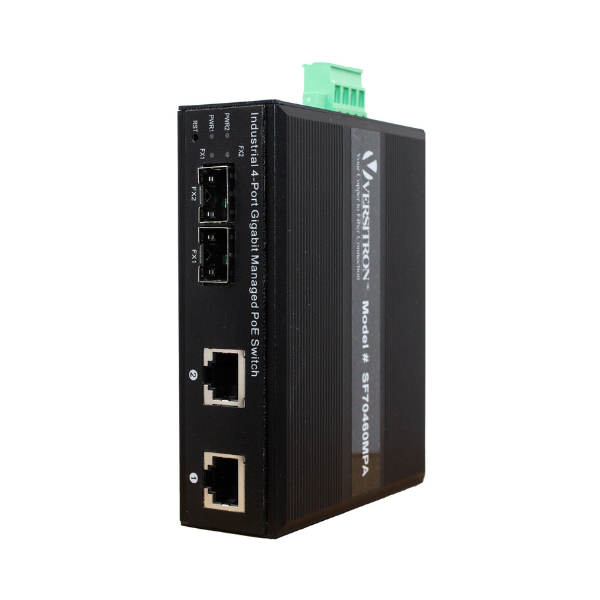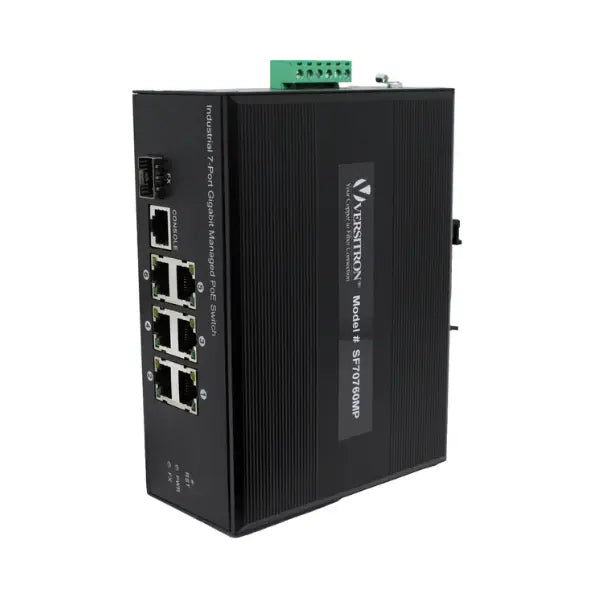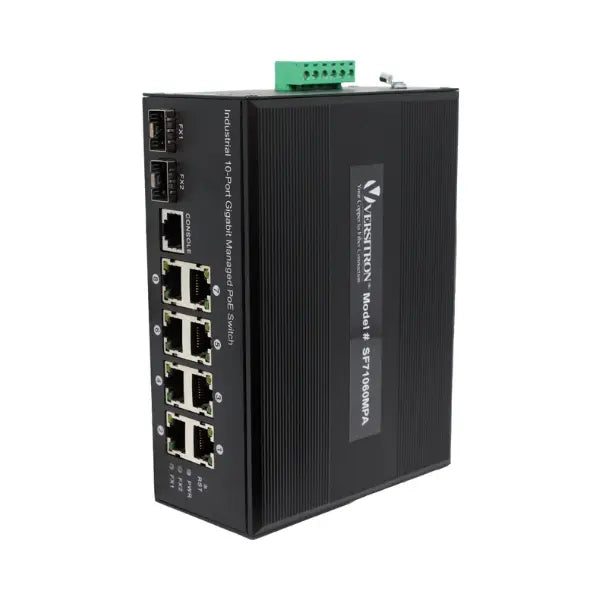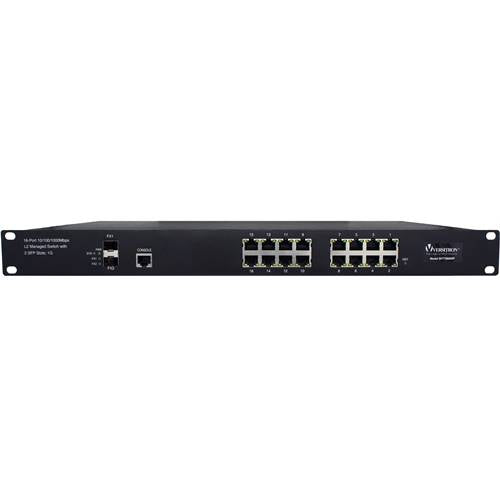In PoE, there are three entities- a powered device (PD), PoE cable, and power sourcing equipment (PSE). These are widely used in various data networks across industries, retail chains, traffic control systems, and other diverse applications.
You can power a PoE enabled device using PSE and without the need for external electrical supplies. This works quite well where there is no power grid or frequent power cuts. It also works well for PoS, NFC, and other such standalone applications. However, at times, PoE may not function. What do we do in such cases?
Here are some common PoE-related issues and their troubleshooting methods.
Some Common PoE Issues and How to Troubleshoot Them
Some of the most common PoE devices (powering) in a network include PoE switches / ethernet powered switches and media converters which are PSEs.
Then there are PoE extenders and cables which serve as channels and help extend the length of transmission.
PDs are the connected devices such as IP phones, cameras, computers, PoS terminals, wireless access points, and more.
If PoE stops working, PDs simply shut off. Hence, if need to find the reason for its failure by troubleshooting. Here are some relevant pointers.
- Insufficient Power - First, check the powering switch, its power management configuration, and if it's working properly. If that is fine, then check the cabling, their connected ports, and if the connections are correct. Also check if there is required amount of power supply. If both these are functioning well, one needs to check the powered device such as camera or phone. This is a basic and logical sequence for troubleshooting. If the PD simply shuts off or reboots intermittently, it may be because it is not getting the required amount of power over the cable or from PSE. Also, some devices may consume more power in certain fully functional modes such as zoomed-in camera mode, pan-tilt mode in cameras, and more. One needs to set the power requirement accordingly.
- Cable Length - At time the geographical transmission distance could be an issue. Usually 100 meters is a comfortable range for most PoE devices. However, if this distance increases, it may lead to signal losses over the cable, reduced speed of transmission, and so on which may lead to intermittent power loss. In case of the distance issue, using a PoE extender or a PoE powered Switch can be used. Long-Range PoE switch might also help.
- Incorrect Port or Wiring - At times, some ports may be faulty. Check all the connected ports and switch of all the device which are not available to get powered. This is because while one PSE can power multiple PDs, all the connected PDs may not be available for powering. Try changing the ports and see if the PD is powered. If the device gets powered, this may prove a faulty port. You also need to check for the wiring and if it is properly connected or not. If it is incorrect then PoE devices may not work at all.
- Network Configuration - Choosing the right PoE switch that is compatible is necessary. So check for quality, compatibility, and configuration before you install one. The same applies for most PoE devices. In case of frequent issues, consider upgrading your devices to higher versions and scale up the network.
- Incompatible Devices - If a device is not compatible as per the PoE Standards, it may not work as per the requirement. For troubleshooting this issue, you need to check the device's specifications and make sure that it is compatible with the PoE standard.
- Overheating - In PoE devices overheating is caused due to improper ventilation. You should keep an eye on the device's temperature as per the suggested range. This way you can easily troubleshoot this issue.
Also read: How to Deal with Heating Issues in PoE Cabling?
Conclusion
If you are looking to upgrade your network via fiber optics or expanding it using PoE sourcing equipment and cables, ensure you source these devices from reliable and certified suppliers. VERSITRON offers various types of network devices that are compatible with Ethernet as well as fiber optic networks. These include PoE switches, PoE media converters, PoE extenders, and more which are configured for different application environments. These can also be customized to suit specific client requirements.
FAQs
A PoE setup involves three entities: a powered device (PD), a PoE cable, and power sourcing equipment (PSE). PSE, such as PoE switches, transfers both power and data over the cable to the network device, eliminating the need for external power supplies.
Common PoE devices include PoE switches, media converters, extenders, and cables. Issues may arise due to insufficient power, cable length limitations, incorrect port or wiring, network configuration, device incompatibility, and overheating.
Check the PSE's power management configuration and functionality. Verify cable connections, and connected ports, and ensure the required power supply. Adjust power settings on PDs, especially for devices with varying power needs in different operational modes.
Monitor the device's temperature within the suggested range to prevent overheating. Ensure proper ventilation to dissipate heat effectively.
Check device specifications to ensure compatibility with PoE standards. Incompatible devices may not function correctly within a PoE setup.










